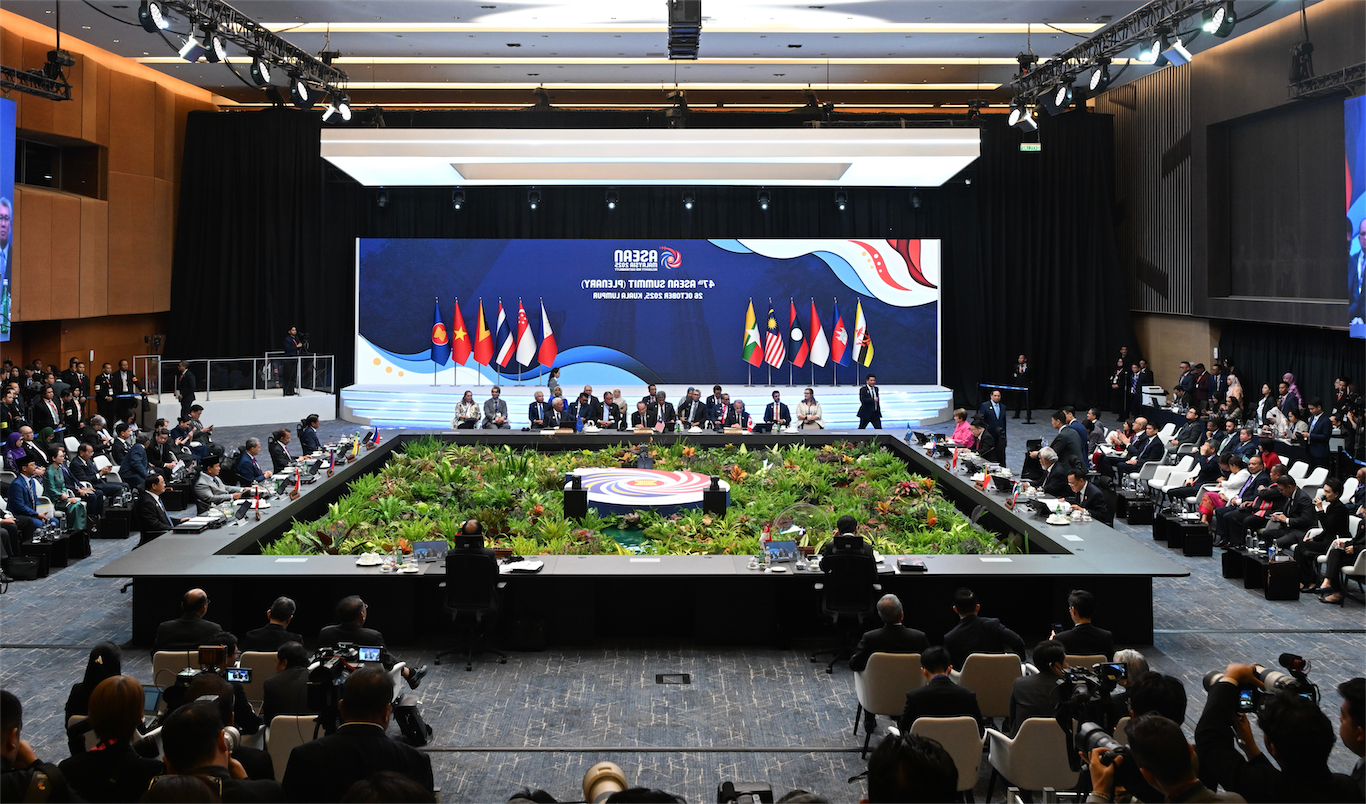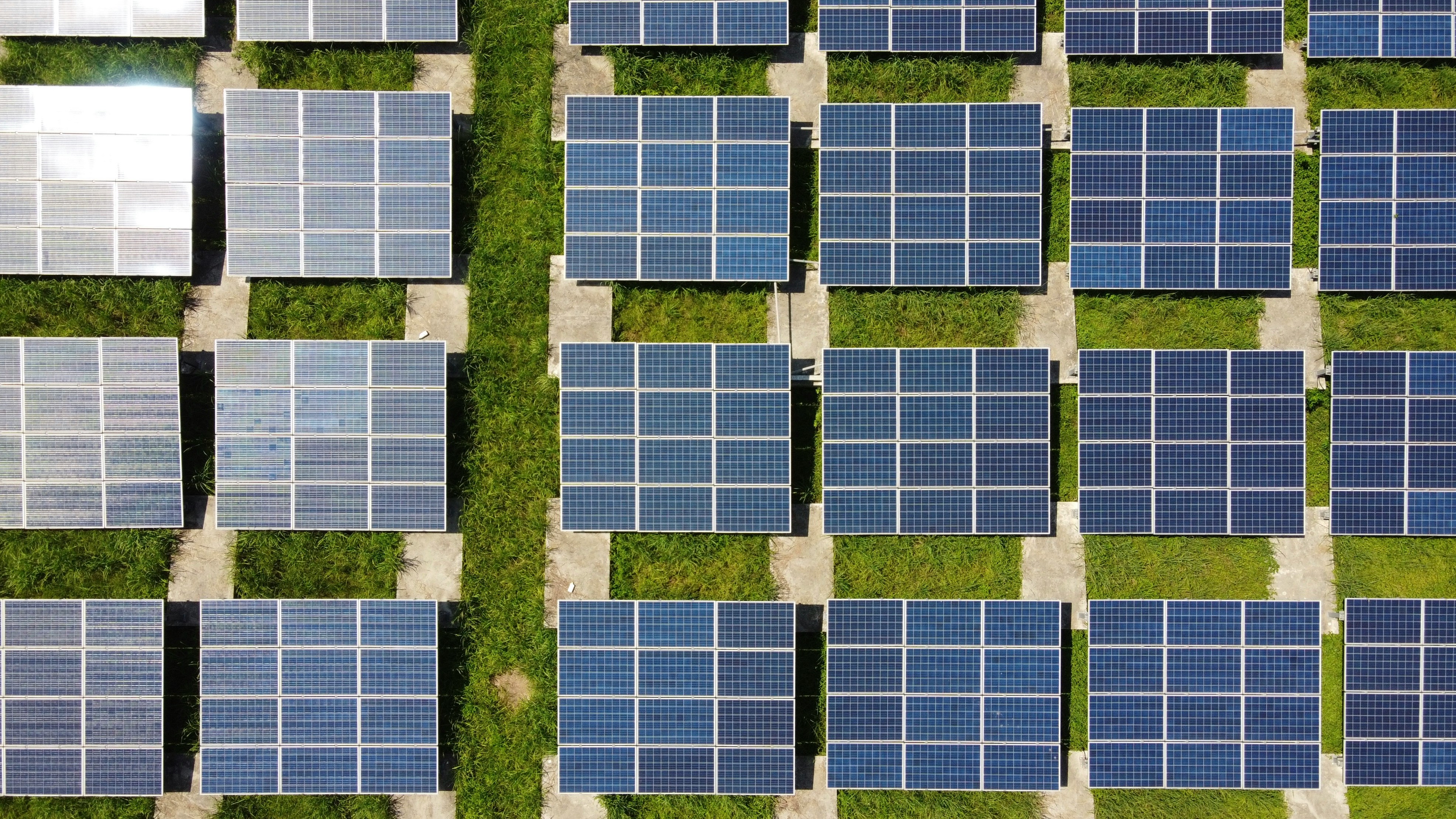Trade and climate change are deeply interconnected. As nations trade, greenhouse gas emissions are imported and exported, often moving through several production value chains to reach the end-consumer. That means that tackling climate change requires pinpointing emissions embedded in trade as part of overall reduction efforts. Trade can also be a vital source of technology diffusion and knowledge transfer. Low-carbon technologies can spread across the globe thanks to trade. Finally, nations may identify trade options within new climate-friendly industries, capitalising on fresh sources of comparative advantage.
These interconnections are not without complication. Emissions embedded in trade raise questions around responsibility. Should the end-consumer, or the producer – and, if so, at which stage of the value chain – work on emissions reduction? Certain low-carbon value chains, meanwhile, are already a source of trade tensions. Both the United States (US) and European Union (EU), for example, contend that China’s electric vehicle (EV) dominance stems from unfair government support to industry. Capitalising on new green value chain opportunities will rely on a stable trading system, which is not necessarily given in today’s geopolitics.







